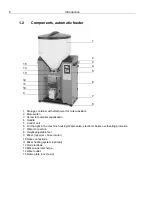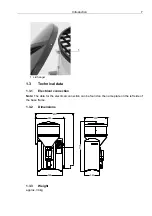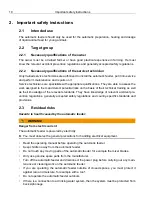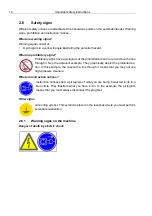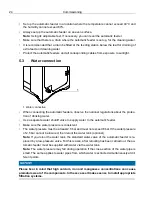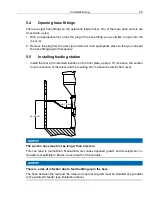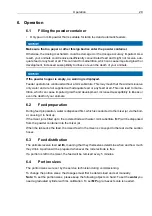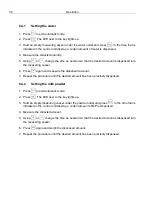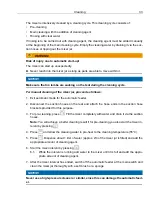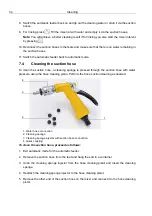
Hygiene
19
3. Hygiene
As a farmer with experience in raising lambs, you understand how unhygienic conditions affect
the health of your lambs. Diarrhea and respiratory infections are frequently occurring infectious
diseases in lambs.
Every sick lamb involves additional costs, for example for veterinarians and medication, and re-
quires extra time for care.
The younger the lamb, the weaker its immune system, and the more prone to infection it will be.
The possibility of infection can never be completely eliminated, but it can be minimized by taking
measures to ensure good hygiene.
Maintaining cleanliness is one important and easy measure that helps prevent infectious dis-
eases.
Through proper cleaning at regular intervals, every lamb-raising business can reduce the risk
of infection for its lambs and save money as a result.
Measures to ensure hygienic conditions save time and money.
What are infections?
An infection occurs when germs invade and multiply in a host.
Germs are all around us. However, they are not dangerous until they multiply in great numbers.
The risk of infection increases with the number of germs.
When germs get into your animal feed, such as milk, they can spoil the feed and make it ined-
ible.
When germs attack your lambs, for example from infected feed or other infected lambs, your
lambs can become sick and die.
Both situations result in costs that you can minimize by taking measures to ensure hygienic con-
ditions.
As a farmer, it is your job to identify sources of infection and bring them under control.
So how do you prevent infections?
By keeping animals in good conditions, with good drink-
ing water and feed quality and, most importantly, through cleanliness.
Proper cleaning is an important way of ensuring hygienic conditions and also prevents
infections.
If the automatic feeder is not cleaned or is cleaned improperly, germs, which are abundant in
the environment, can enter the nutrient-rich feed and multiply. When they drink the feed, your
lambs can become infected, sick and even die.
Proper cleaning of the automatic feeder reduces the number of germs and therefore the risk of
infection.
The cleaning chapter (see 7. "Cleaning" ) explains how to clean the automatic feeder properly.
The appendix contains a table of suggestions of how to clean the different parts of the automatic
feeder (see 11.2 "Maintenance intervals and activities" ).


